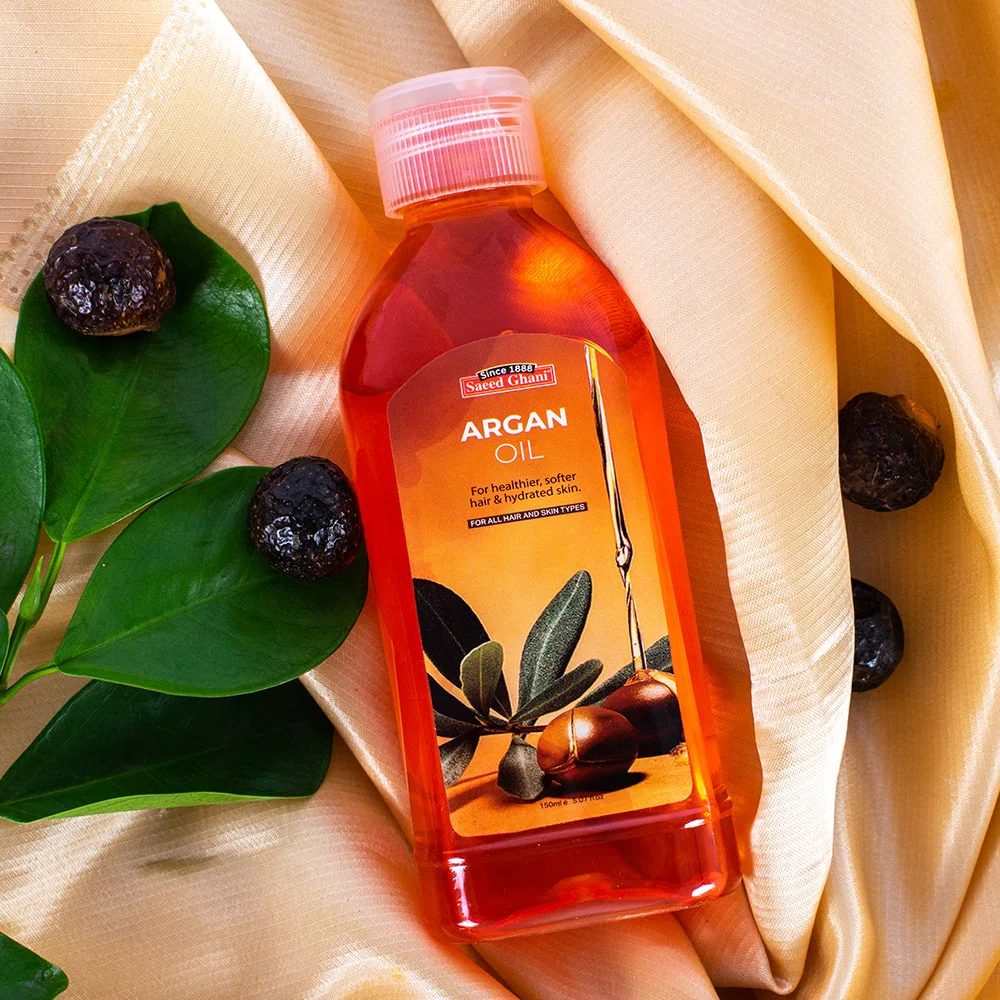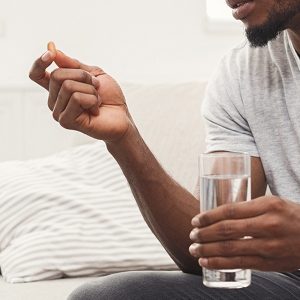
The Oily Truth: An Overview
Hair oiling has gained popularity as a beauty trend. Many claim it promotes hair growth and health. However, this practice comes with several drawbacks. Excessive oil application can lead to various hair and scalp issues. Understanding these potential problems helps make informed hair care decisions. This article explores the lesser-known disadvantages of applying oil to hair. It aims to provide a balanced view of this common hair care practice.
Greasy Overload: When Too Much Oil Backfires
Overconsumption of anything, including hair oil, can be detrimental. Excessive oil application leads to greasy, limp hair. This weighs down the hair, making it appear flat and lifeless. Oil buildup attracts dirt and dust, causing the hair to look dull. The scalp becomes overly oily, leading to an itchy and uncomfortable sensation. Sebum production may increase as the scalp tries to balance itself. This creates a cycle of oiliness that’s hard to break. Heavy oils can clog hair follicles, potentially hindering hair growth. Fine or thin hair especially suffers from oil overload.
It loses volume and becomes difficult to style. Regular washing becomes a challenge as oil resists water. This results in the need for harsh shampoos to remove excess oil. The constant battle against greasiness can be frustrating and time-consuming. It often leads to over-washing, which creates its own set of problems. Finding the right balance becomes a tricky task for many hair oil users.
Scalp Woes: The Breeding Ground for Problems
An oil-saturated scalp creates an ideal environment for various issues. Excess oil traps dead skin cells, leading to dandruff-like flakes. This buildup can cause itching and irritation. The moist environment promotes the growth of fungi and bacteria. These microorganisms thrive in oily conditions, potentially causing scalp infections. Malassezia, a common fungus, feeds on scalp oils. Its overgrowth results in conditions like seborrheic dermatitis. Oil accumulation can block hair follicles, leading to folliculitis. This inflammation of hair follicles causes red, itchy bumps on the scalp.
In severe cases, clogged follicles may result in hair loss. The scalp’s natural pH balance gets disrupted by excessive oiling. This imbalance can lead to various scalp conditions and discomfort. People with naturally oily scalps face increased risks with additional oil application. The scalp’s ability to breathe and regulate itself becomes compromised. Over time, this can weaken the hair roots and affect overall hair health. Scalp acne may develop due to clogged pores and oil buildup. These issues often require professional treatment to resolve fully.
Product Buildup: The Silent Hair Killer
Regular oil application leads to significant product buildup on hair. This accumulation creates a barrier on the hair shaft. The barrier prevents moisture and nutrients from penetrating the hair. As a result, hair becomes dry and brittle despite appearing oily. The buildup weighs down the hair, making it look limp and unhealthy. It becomes increasingly difficult for other hair products to work effectively.
Styling products struggle to adhere to the hair properly. This leads to poor styling results and increased product usage. The hair’s natural shine gets masked by the layer of buildup. Color-treated hair may fade faster due to the protective oil layer. Hair treatments like deep conditioning become less effective. The buildup can be challenging to remove with regular shampooing.
Clarifying treatments become necessary, which can be harsh on the hair. Over time, this cycle of buildup and harsh cleaning weakens the hair. It becomes more prone to breakage and split ends. The hair’s texture may change, becoming coarse or stringy. Product buildup can also lead to an itchy, irritated scalp. This creates a cycle of scalp issues that’s hard to break without professional help.
Weighing the Options: Understanding Your Hair Type
Hair oil can impact different hair types in various ways. Here’s a quick breakdown:
Fine Hair:
Oil can weigh down fine hair, making it appear limp and greasy.
Thick Hair:
Thick hair can benefit from oil to tame frizz and add shine. However, using too much can still lead to a greasy look.
Curly Hair:
Curly hair can benefit from oil to lock in moisture and define curls. However, be mindful of the oil’s weight and choose lightweight options.
Knowing your hair type is crucial for determining if oil is the right choice and how much to use.
Potential Issues with Hair Oil Build-Up
Oil build-up is a common concern, especially for disadvantages of applying oil to hair. Here’s why:
-
Clogged Scalp: Excess oil can clog scalp pores, potentially leading to irritation and dryness.
-
Hinders Scalp Health: A clogged scalp can prevent the natural production of oils, leading to a disrupted scalp microbiome.
-
Limiting Moisture Absorption: Build-up can create a barrier, preventing hair from properly absorbing water-based products like conditioners.
When Oil Can Cause Styling Dilemmas
Hair oil can impact your styling routine in unexpected ways. Here’s what to consider:
-
Reduced Volume: Oil can weigh down hair, making it difficult to achieve volume and root lift.
-
Slippery Strands: Oil can make hair slippery, causing difficulty styling with braids, updos, or using hair clips.
-
Product Build-Up: Oil can interact poorly with other styling products, leading to a clumpy or greasy look.
Consider Alternatives for Similar Hair Benefits
There are alternatives to hair oil that can provide similar benefits without the drawbacks. Here are a few options:
-
Leave-in Conditioners: Lightweight leave-in conditioners can add moisture and shine without weighing down hair.
-
Hair Masks: Deep conditioning hair masks can provide intense hydration for dry or damaged hair.
-
Hair Serums: Hair serums offer targeted benefits like frizz control or shine enhancement without the greasy feel of oil.
Making Informed Choices: Finding the Right Hair Care Routine
Healthy hair requires a holistic approach. Here are some tips for a balanced hair care routine:
-
Focus on Scalp Health: A healthy scalp promotes healthy hair growth. Use gentle shampoos and avoid harsh products that can strip natural oils.
-
Deep Conditioning: Regular deep conditioning treatments can help maintain moisture levels, especially for dry hair.
-
Listen to Your Hair: Pay attention to how your hair reacts to different products. Adjust your routine based on your hair’s specific needs.
Hair oil can be a beneficial hair care tool, but it’s not a one-size-fits-all solution. Understanding your hair type, potential drawbacks, and alternative options allows you to make informed choices for your hair health. Experiment, find what works best for you, and enjoy the journey to healthy, beautiful hair!
When Hair Oil Becomes a Styling Nightmare
Hair oil can be a double-edged sword when it comes to styling. Here’s how it might affect your hairstyling routine:
-
Reduced Volume: Oil can weigh down hair, making it difficult to achievebouncy and voluminous styles.
-
Slippery Strands: Applying too much oil can make hair strands slippery, causing difficulty with hairstyles that require hold, like braids, updos, or using hair clips.
-
Product Build-Up: Oil can interact poorly with other styling products like hairspray or gel. This can lead to a clumpy or greasy look that’s difficult to manage.
Considering Alternatives for Similar Hair Benefits
There are many hair care products available that can provide similar benefits to hair oil, without the styling challenges. Here are a few options to explore:
-
Leave-in conditioners: These lightweight products add moisture and shine without weighing down hair. Look for leave-in conditioners formulated for your specific hair type.
-
Hair masks: Deep conditioning treatments are great for providing intense hydration, especially for dry or damaged hair. Use them once or twice a week for a boost of moisture.
-
Hair mousses or foams: These products add volume and hold without making hair feel greasy. Experiment with different mousses or foams to find one that works for your hair type and desired style.
Hair oil can be a beneficial hair care tool, but it’s not a one-size-fits-all solution. Understanding your hair type, potential drawbacks, and alternative options allows you to make informed choices for your hair health. Experiment with different products and techniques to find what works best for you and enjoy the journey to healthy, beautiful hair!
Beyond the Hair: Potential Drawbacks for Scalp Health
Hair oil can impact your scalp health in unexpected ways. Here’s what to consider:
-
Clogged Pores: Excessive oil application can clog scalp pores. This can trap dirt and sweat, potentially leading to irritation and flakiness.
-
Disrupted Scalp Microbiome: A healthy scalp has a balanced microbiome, the good bacteria that keeps it healthy. Too much oil can disrupt this balance, increasing the risk of scalp concerns.
-
Hinders Moisture Absorption: Oil build-up can create a barrier on the scalp, making it difficult for water-based products like shampoos and conditioners to penetrate and work effectively.
Making Informed Choices for Healthy Hair
Finding the right hair care routine is about creating a healthy balance. Here are some tips:
-
Focus on Gentle Cleansing: Using a gentle shampoo that removes dirt and excess oil without stripping your scalp’s natural oils is crucial.
-
Deep Conditioning: Regular deep conditioning treatments can help maintain moisture levels in your hair, especially if it’s dry or damaged.
-
Listen to Your Hair: Pay attention to how your hair reacts to different products and styling techniques. Adjust your routine based on your hair’s specific needs.
Conclusion
Hair oil can be a beneficial hair care tool, but it’s important to be aware of its limitations and potential drawbacks. Consider your hair type, application methods, and alternative options to find the best approach for healthy, beautiful hair. Experiment, have fun, and enjoy the journey!









